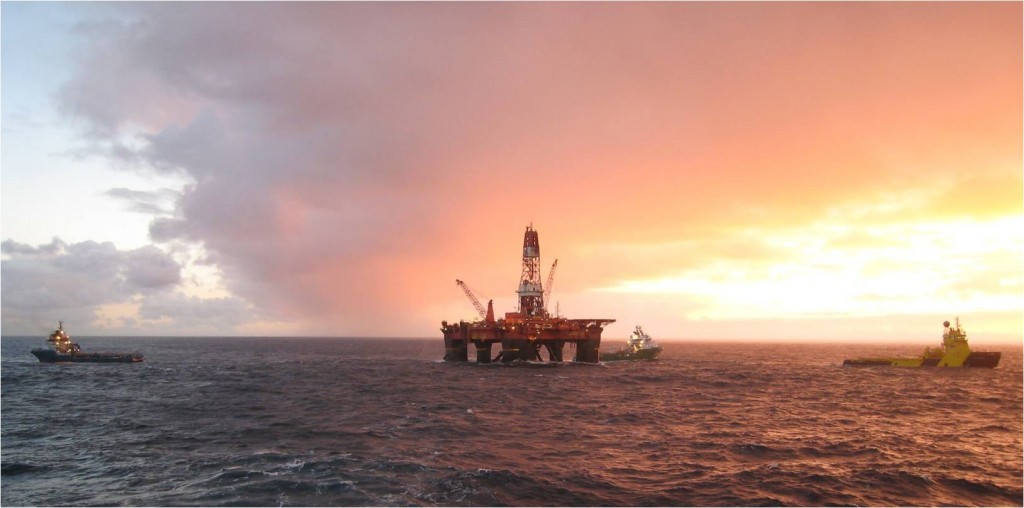
After a senior economist said he expected a barrel of Brent crude to reach $60 by the end of the year – three experts give their view on whether this estimate is feasible.
Carl Paraskevas, senior economist for the Bank of Scotland said the lender’s house view was that the price of a barrel of oil would start rising, driven by a fall in production of oil and gas.
Colin Welsh, chief executive of Simmons & Company International
Oil prices are driven by sentiment and speculators who play the market via financial derivatives rather than supply and demand fundamentals.
The recent low oil prices are largely a product of the record number of short positions on the (New York Mercantile Exchange) NYMEX, which recently peaked at 163 million barrels in August compared with 53 million barrels in June.
We can expect these short positions to unwind for a number of reasons: US production declines accelerate; it becomes clear that the Chinese economy is going through a transition and not an implosion; tensions in the Middle East escalate; and the realisation dawns that it will take time for Iranian production to ramp up.
The consequence of this will be significant volatility with a bias to stronger oil prices. How high can they go? In the same way prices overshot to the downside they could easily overshoot to the upside, particularly as it becomes clear that the $200billion (£130.5billion) of shelved and cancelled expenditure across the industry will have a dramatic impact on supply in 2017 and beyond.
My personal view is that there is no way that prices can flat line for an extended period for these reasons. We don’t predict prices at Simmons but if you asked me to guess I’d say prices will be volatile between $50 and $65 for the rest of this year, rising to between $60 and $100 by the back end of 2016.
Uisdean Vass, oil and gas partner, Bond Dickinson
I would not expect a material change by 31 December. Demand is rising worldwide and production is falling. Medium term projections are for increasing petroleum demand worldwide. However, such impacts on price will be delayed well beyond year`s end.
Judith Aldersey-Williams, partner at law firm CMS
It’s clear that the current worldwide surplus of oil is larger than initially thought and it looks like this will continue well into 2016.
A number of key factors are at play here, including Opec showing no signs of cutting production and US shale output more resilient than initially predicted.
Overall, oil supply continues to exceed demand and there remains much uncertainty in whether the recent resurgence in Chinese demand will be maintained.
Combining all these factors I would expect Brent crude oil prices to remain in the $50-55 range come the end of 2015.”

